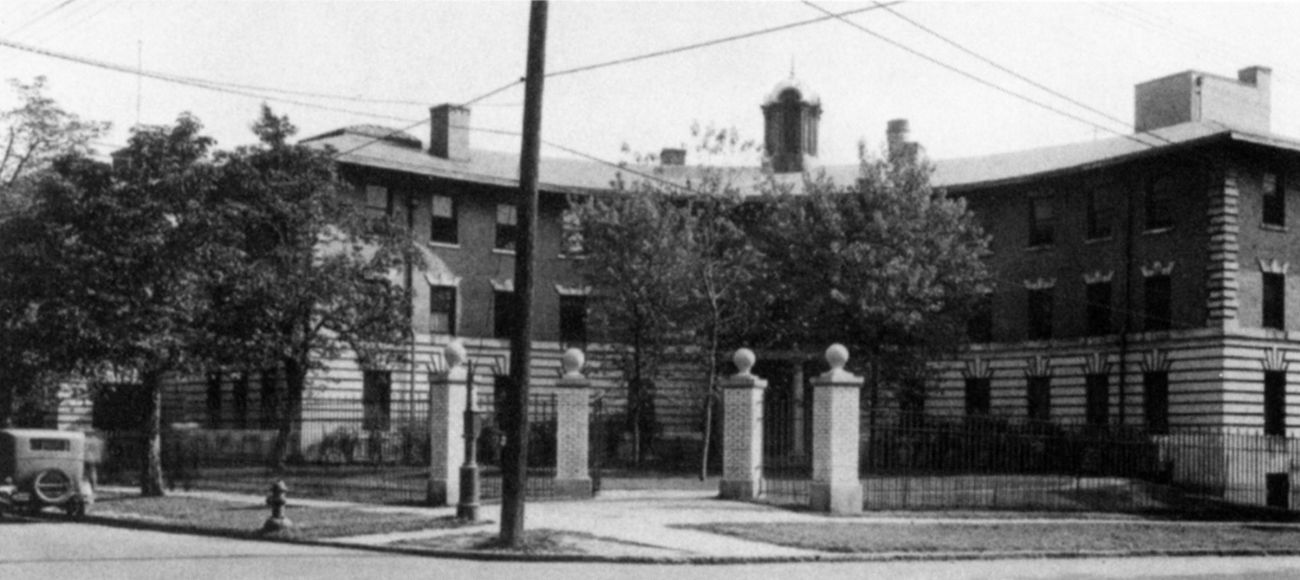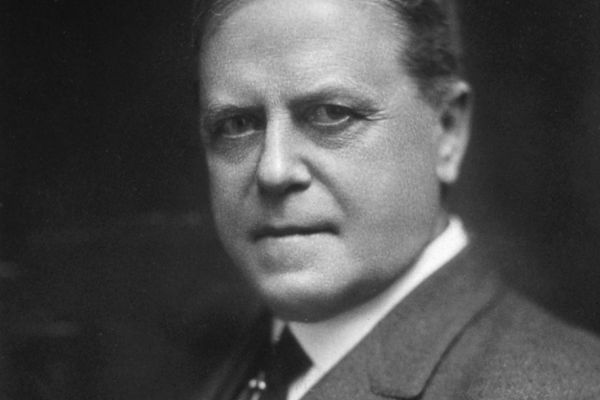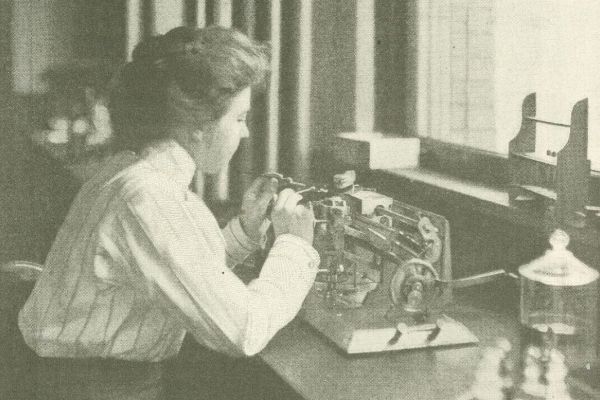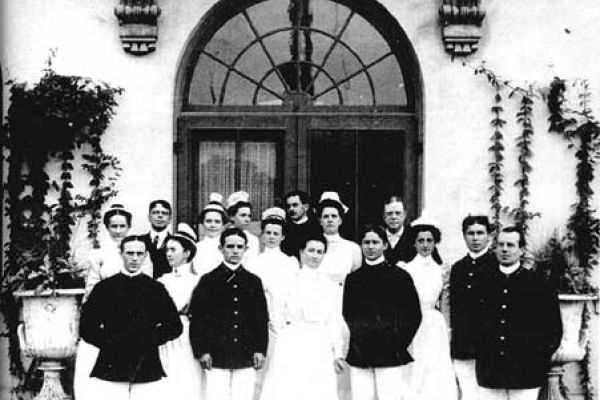Roswell Park opened its first hospital in 1913
The idea of building a cancer hospital in Buffalo first came to light just three years after Dr. Roswell Park opened the doors to the world’s first cancer research laboratory. In 1901 the Journal of the American Medical Association reported that plans for the hospital “provide for a three-story, fire-proof building, which will be used as an annex of the Buffalo General Hospital and will be erected near that institution.” The association with Buffalo General made perfect sense, because Dr. Park served as its chief surgeon.
But for reasons now lost to history, those plans never moved forward. Ten years went by. Finally, in 1911, the New York State Legislature voted to provide $65,000 toward the cost of building a cancer hospital at the corner of North Oak and High streets; another $20,000 in private donations rounded out the cost of construction. This time the proposed hospital would be associated not with Buffalo General but with Dr. Park’s laboratory.
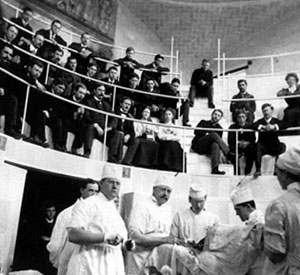
Opened in 1913, the hospital featured a 25-bed inpatient area as well as a “dispensary,” or outpatient clinic. The Buffalo Sanitary Bulletin called it “the last word in modern hospital construction,” noting that an enclosed passageway connected it to the research center at High and Elm streets. (Today those two streets do not intersect.)
The New York Times added to the praise, describing it as “the most modern of hospitals…perhaps the most electric and automatic institution in the city of Buffalo and the state of New York.”
It was “noiseless,” with “beds rolled about on rubber wheels that make no sound. There are no bells. A patient desiring attendance merely presses a button that illuminates a number of electric bulbs throughout the building, calling the attention of the attendant.
“The solaria, or sun parlors, can be [transformed] into sleeping porches simply by opening the windows and introducing the beds, [which] are furnished with electric pads” to keep the patients warm while they enjoyed the fresh air.
Using advanced technology, a physician could record a patient’s symptoms by speaking into a “portable telephone, which will communicate his voice to a loud-talking box telephone in his private office. His stenographer sitting at her typewriter will immediately write the descriptions of the symptoms, etc., as they fall from the surgeon’s lips. Thus, upon his return to his office, he will have before him an accurate typewritten record of everything that he has noted.”
Clinical care in a research setting
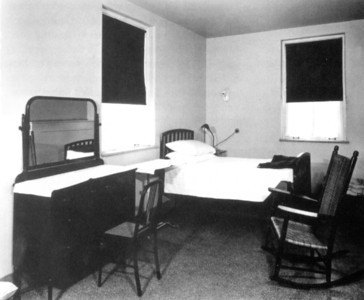
The hospital was “intended only for research work,” explained the Buffalo Sanitary Bulletin. “All patients agree on entering to co-operate with the hospital…[on its research into the] causes and cure of cancer.”
Officials dedicated the the hospital on Nov. 1, 1913, during ceremonies in Alumni Hall at the University of Buffalo Medical School. Among the distinguished guest speakers: Dr. James Ewing, professor of pathology at the Cornell University Medical School, who later became the first physician to describe a type of sarcoma now known as Ewing sarcoma.
“There is no field of hospital work so inadequately provided as are the needs of the inoperable cancer patient,” Dr. Ewing told the audience. “The new institution formally opening to-day…is destined to add much to our knowledge of human cancer.”
We Set the Model
50 years as an NCI-designated comprehensive cancer center and more than a century leading the way. Learn more about Roswell Park's place in history as we became a model for other cancer centers around the world.
Learn More